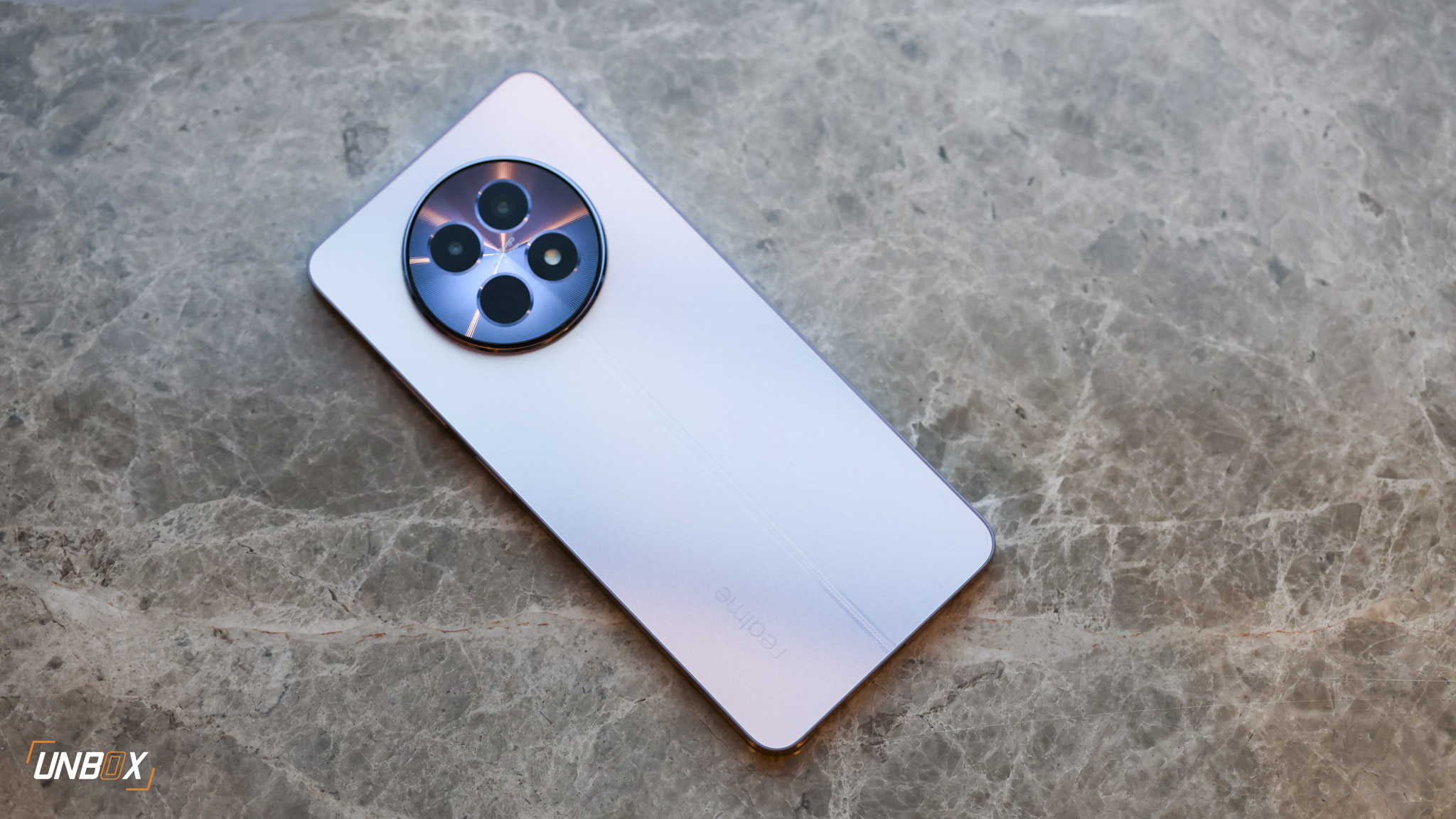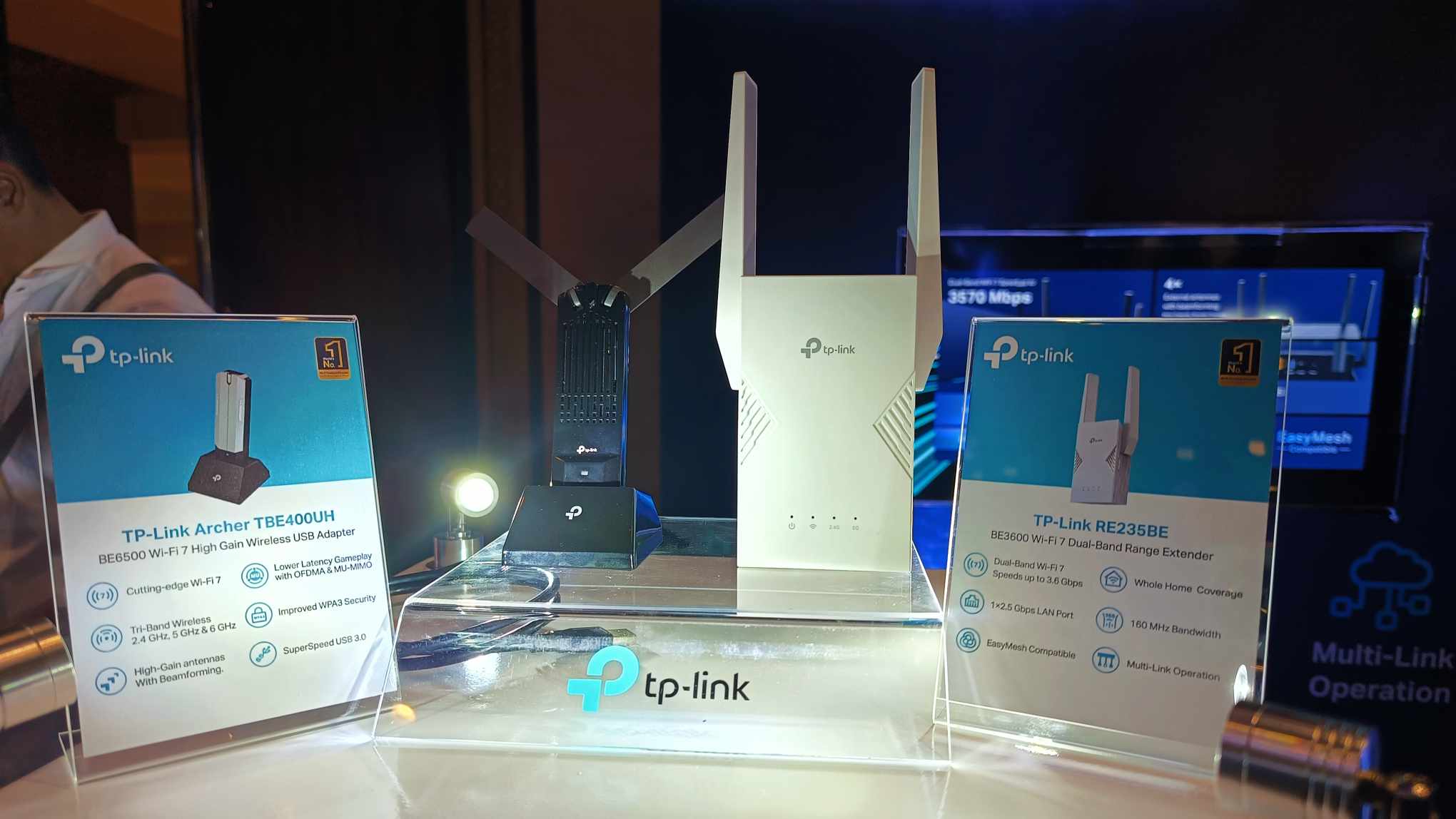
It’s been a little over a month since Chinese brand, Vivo, introduced the V5 and set its sights at taking the crown in the selfie-centric smartphone landscape. Now that we’ve had some considerable amount of time with the device, let’s to take a closer look at Vivo V5 to see if its 20-megapixel front camera has the makings to take over the throne and if it’s worth your hard earned money. Before we jump in, let’s take another peek at the specs for the Vivo V5.
Vivo V5 Specifications
- 1.5GHz MediaTek 6750 octa-core processor
- Mali T860 GPU
- 4GB of RAM
- 5.5-Inch HD IPS Display; 1280×720 Resolution
- 32GB of expandable storage
- 13-megapixel rear camera, PDAF, LED Flash
- 20-megapixel front camera f/2.0 aperture
- Dual SIM
- 3G, LTE
- WiFi, Bluetooth, GPS, A-GPS, Fingerprint Scanner
- Android 6.0 Marshmallow, FunTouch UI
- 3000mAh Battery
- Php 12,990

Vivo Design Uniformity
We should all be familiar with the fact that Vivo has a knack for using a metal body for its smartphones with a design language that’s pretty much uniform throughout their product line. While the Vivo V3 and V3 Max has more ridges and seams in its body, the Vivo Y55 and V5 have curved edges with — in the case of the V5 — chrome antenna bands on both the top and bottom of the device’s rear; we’re guessing that the V5 Max will look the same as well. This makes the phone remarkably easy to hold in one hand despite its 5.5-inch display size and, while that’s easy to say for most of the team who happen to have pretty huge hands, our friend’s on the petite side are also in agreement with that statement.

As far as button placement goes, it’s pretty much the standard fanfare. The right side houses the power button and volume rocker, while you can access the hybrid SIM tray via the include ejector tool that comes with the box. The top of the device is bare, which means that the 3.5mm jack, Micro USB port, and speaker grille are on the bottom.

One of the biggest differences of the V5 from its predecessors is the placement for its fingerprint scanner, which has now been embedded in the devices home button. It’s as fast and accurate as the ones found on the V3 and V3 Max. In the two weeks or so we’ve using the device, we rarely encountered a time where it actually failed to recognize our prints. In case you’ve forgotten or haven’t read our initial review, we should also remind you guys that the home button functions more like the capacitive navigation keys flanking it and is not an actual button that you can press; no haptic response like the one’s on Apple devices either.
Decent Display Despite its Pixel Density
The Vivo V5 has a 5.5-inch IPS display, but its resolution remains at HD; giving it a pixel density of 267 pixels per inch. Honestly, we get a little bummed out when we see displays of this size get the 720p treatment as you do lose some of image sharpness due to the size of the pixels. Nonetheless, we still had a pretty good time watching videos on the Vivo V5 over the Christmas break with colors on the display having great saturation, decent viewing angles, and it holds up to use outdoors as well.

From Qualcomm to MediaTek
One thing that had us puzzled after seeing the specs for the Vivo V5 was their decision to move from a Snapdragon processor (the 616 on the V3 to be exact) to Mediatek’s MT6750. We honestly thought that we’d feel a significant dip in performance and it just didn’t happen. Perhaps their decision to not push as many pixels on its display was a good thing after all. Yes, there were slow downs and no we wouldn’t suggest playing heavier game titles on the V5, but it certainly is a capable smartphone for browsing the web, going on Facebook, and getting a bit of work done on-the-go with an ample amount of RAM if you need to multitask between apps as well.

The phone runs on Android Marshmallow 6.0 out of the box and has Vivo’s FunTouch UI overlay. It can be a bit jarring if you’re moving form a phone that runs pretty much on stock android and, if you haven’t experienced it, is more akin to an iOS experience. Thankfully, it still doesn’t get in the way of the phone’s overall performance and we’ve received quite a number of updates to make sure that it remains optimized.

Awesome Selfies, Even in Low Light
This is probably the section that some of you went straight for out of the gate. So, how does the Vivo V5’s 20-megapixel camera fair? Really good actually. Details are sharp and colors are pretty accurate as well. One thing that the Vivo V5 over its current crop of competition is the inclusion of continuous LED lighting rather than a flash that can be a bit harsh. We aren’t huge fans of taking selfies, but we know how some people might appreciate both the megapixel count and the fact that you can still take pretty good looking selfies in less than ideal lighting situations.
The megapixel count on the rear shooter of the Vivo V5 may not be as high, but it’s no slouch either. We think that the camera on the V5 is the same one Vivo used on the V3, which isn’t necessarily a bad thing. We were impressed with how the camera performed then and we’re still happy with how images turned out this time around as well. As the old saying goes: “If it ain’t broke, don’t fit it”. While the camera on the Vivo V5 isn’t perfect, it it does get the job done and it does it well for a phone at this price range.

Standard Battery Life for 3000mAh
The Vivo V5 has a 3000mAh battery powering its internals. When we’re out and about we tend to use our devices quite heavily, which means we had to plug in the V5 into our power bank to keep it going at around mid-afternoon. On days when we were mostly in one place with WiFi available, we got through most of the day without having to worry tethering ourselves to a wall, but we definitely suggest bringing backup power in your everyday carry; it’s pretty much mandatory nowadays anyway.
Quick charging is no longer supported on the V5 and a quick 30-minute top up got us from 45% to 65%, which is still a fairly decent amount of juice.

Verdict: Crowning a New Selfie King
It’s pretty hard to deny that the Vivo V5 edges out its competition in the selfie-centric smartphone market. The 20-megapixel bump and being able to take really decent selfies in low light conditions make all the difference; it’s a decent everyday phone to boot. One might argue that consumers are lining the same pocket whether you purchase a phone from OPPO or Vivo, but that doesn’t mean that there isn’t in brand competition; especially now that there are rumblings that OPPO is going global.
Should the Vivo V5 be crowned the new selfie king? Yes. The OPPO F1s and Vivo V5 share a lot of hardware and price tag (Php 12,990), but the V5 edges out the F1s with a slight bump up in RAM and the quality of selfies you can take with the front camera. The question we have to ask though is how long will it remain on the throne? We’ve already heard that Samsung will be releasing its own selfie phone, the C9 Pro, and we doubt that OPPO will take this lying down as well.














